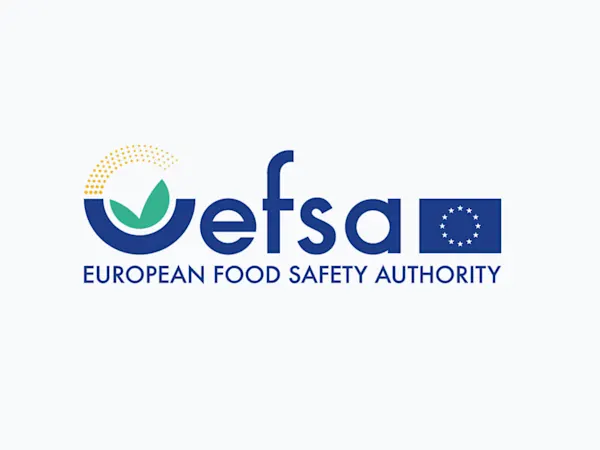
Illinois to Ban Nonbiodegradable Plastic Glitter in Personal Care Products by 2029
Illinois will prohibit nonbiodegradable plastic glitter in personal care products by 2029, impacting manufacturers, retailers, and regulators alike.


The U.S. Environmental Protection Agency (EPA) announced the release of final recommended water quality criteria for perfluoroalkyl and polyfluoroalkyl substances (PFAS), specifically Perfluorooctanoic Acid (PFOA) and Perfluorooctane Sulfonate (PFOS). These guidelines aim to protect aquatic life in freshwater environments from the harmful effects of PFAS, a group of synthetic chemicals with significant environmental persistence and toxicity.
The newly issued recommendations are part of the EPA’s ongoing efforts under the Clean Water Act (CWA) to mitigate the environmental impact of PFAS. The final water quality criteria address both acute and chronic exposure levels of PFOA and PFOS in freshwater ecosystems. PFAS chemicals, such as PFOA and PFOS, have been widely used in industrial and commercial applications since the 1940s and are now known to pose serious risks to aquatic organisms due to their resistance to environmental degradation.
The new criteria are designed to ensure that concentrations of PFAS in water and fish tissue remain within safe limits to avoid detrimental effects on fish and other aquatic species. The criteria for PFOA, for instance, include an acute water column concentration of 3.1 mg/L and a chronic concentration of 0.10 mg/L. Similarly, PFOS has an acute concentration of 0.071 mg/L and a chronic concentration of 0.00025 mg/L. Additionally, the criteria provide tissue-based benchmarks for fish muscle and invertebrate tissue to allow for comprehensive monitoring.
In developing these criteria, the EPA utilized the latest scientific research, including toxicity data from aquatic organisms, to determine safe exposure levels. States and Tribes may adopt these benchmarks as part of their water quality standards, although the guidelines are non-regulatory. This approach allows flexibility for regional adaptation based on local ecological conditions.
The EPA emphasized that these criteria will be updated as new data becomes available, reflecting ongoing research into the toxicological impacts of PFAS. With growing awareness of the presence of PFAS in U.S. water bodies, these criteria provide an essential framework for protecting aquatic life from both immediate and long-term exposure to these hazardous substances.
This final set of water quality benchmarks signifies a critical step in the EPA's broader strategy to address the environmental and public health challenges posed by PFAS. Moving forward, the agency’s criteria will support water quality management efforts across the United States, contributing to the safeguarding of aquatic ecosystems against PFAS contamination.
Foresight continuously tracks 1000s of sources and maps updates to your portfolio:




Illinois will prohibit nonbiodegradable plastic glitter in personal care products by 2029, impacting manufacturers, retailers, and regulators alike.

ChemSec updates the SIN List with neurotoxicants, spotlighting brain-damaging chemicals and urging EU regulators to act swiftly on these hidden threats.

EFSA launches consultation on updating its Weight of Evidence and Biological Relevance guidance, aiming to streamline chemical risk assessment practices.
Subscribe to Foresight Weekly and get the latest insights on regulatory changes affecting chemical compliance.
Free forever. Unsubscribe anytime.
Read by professionals at